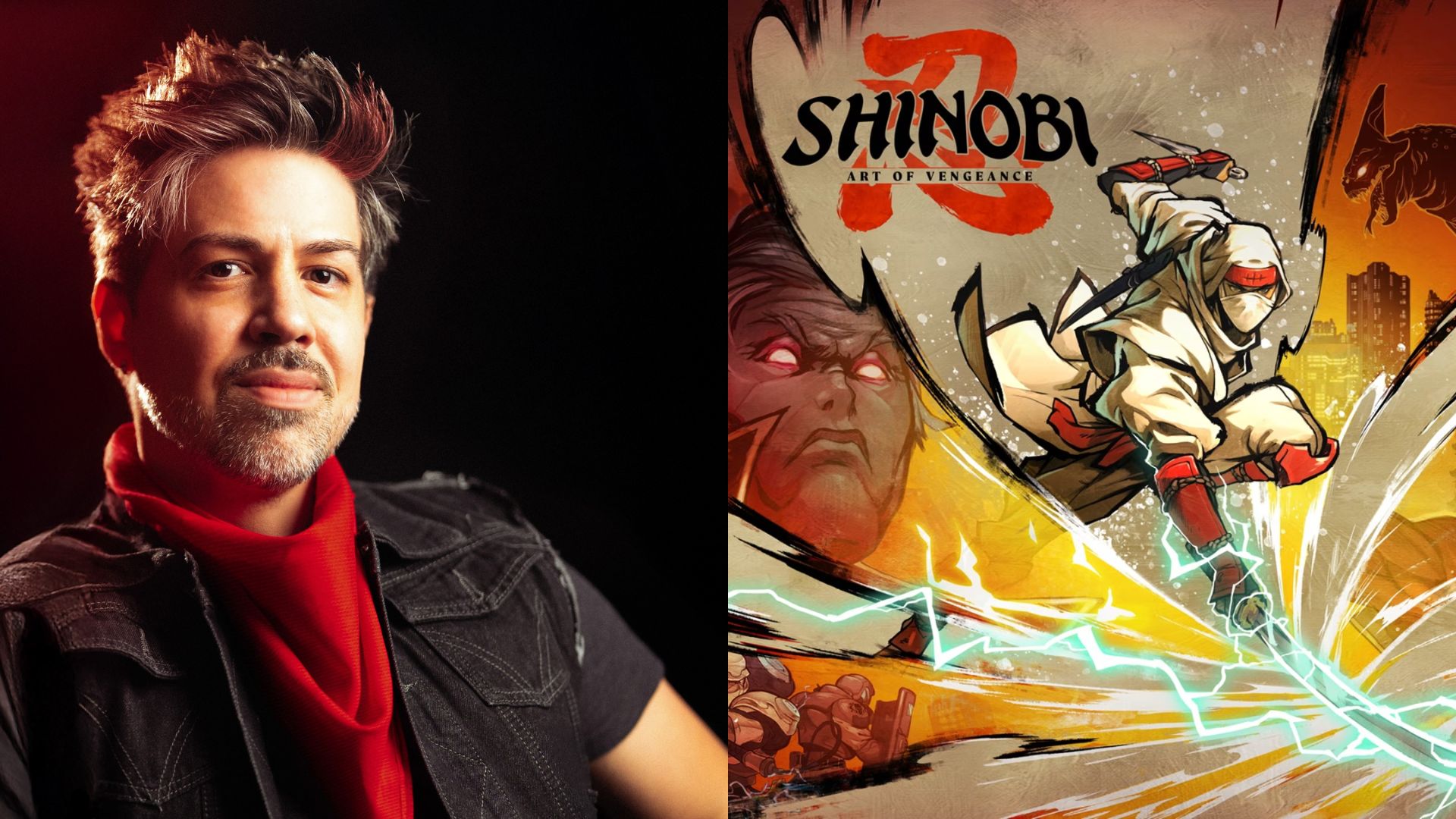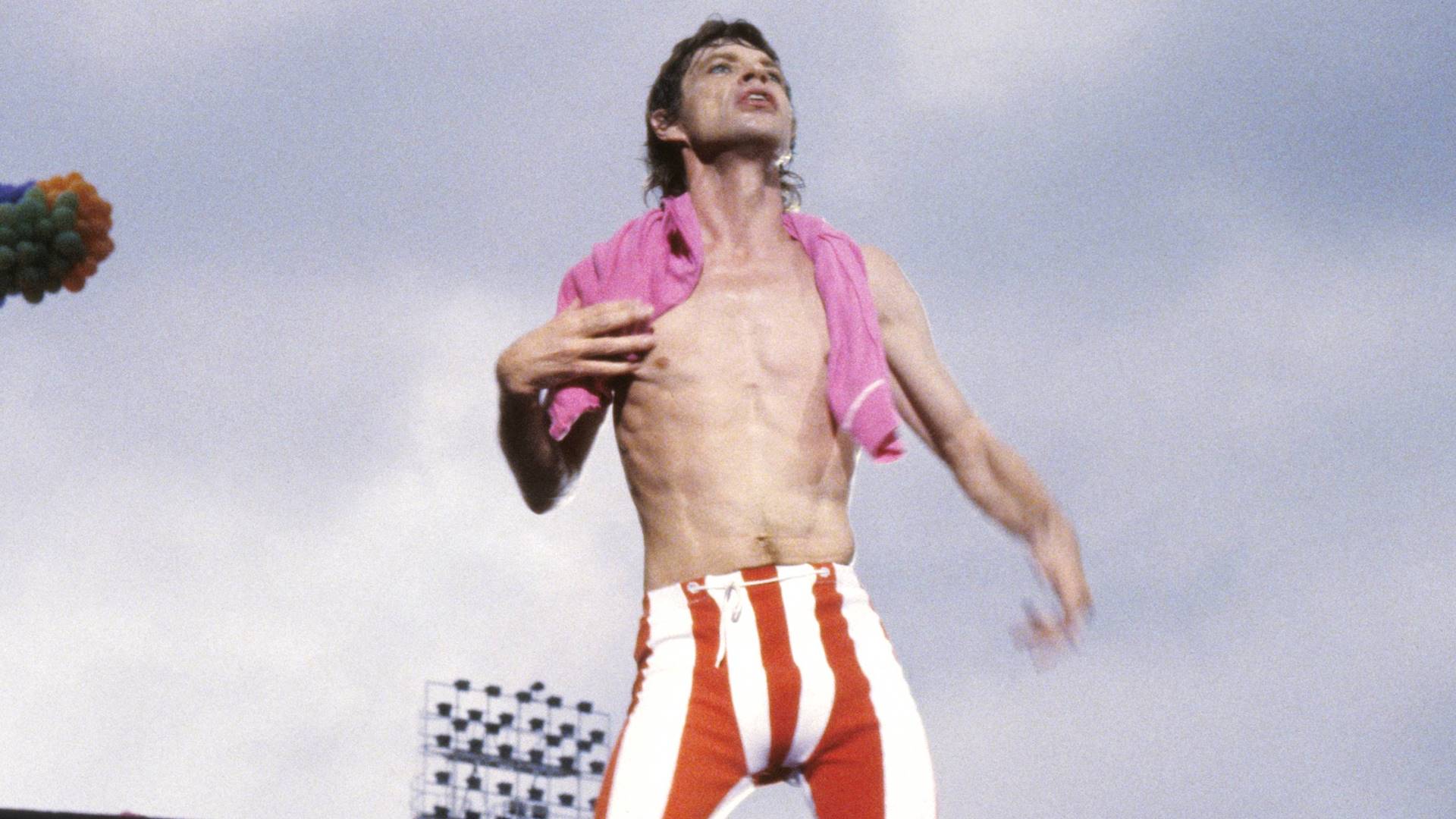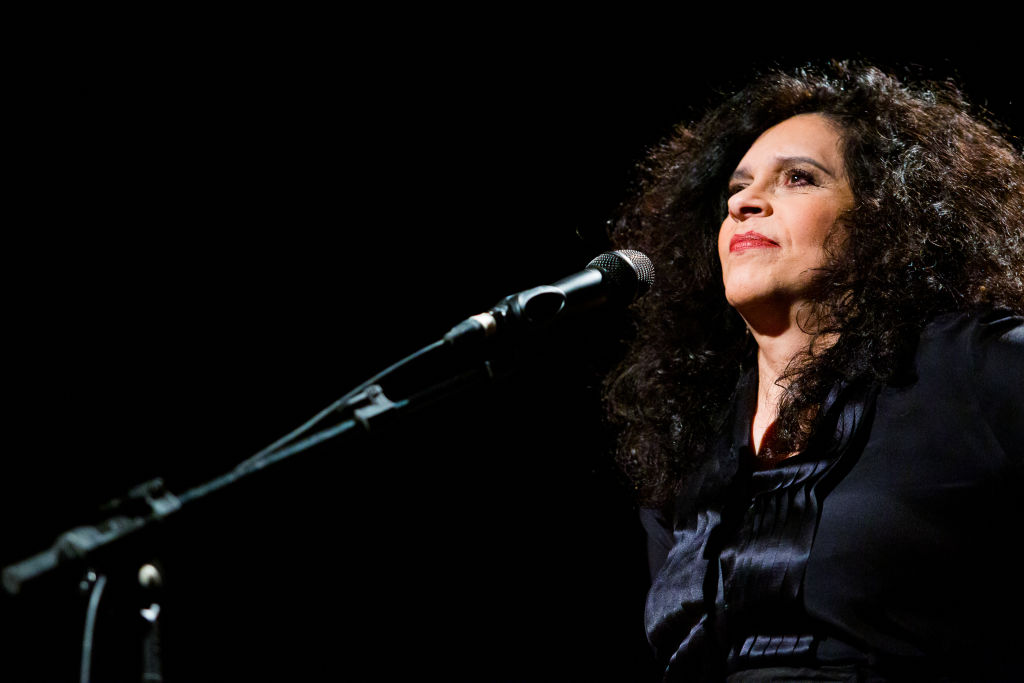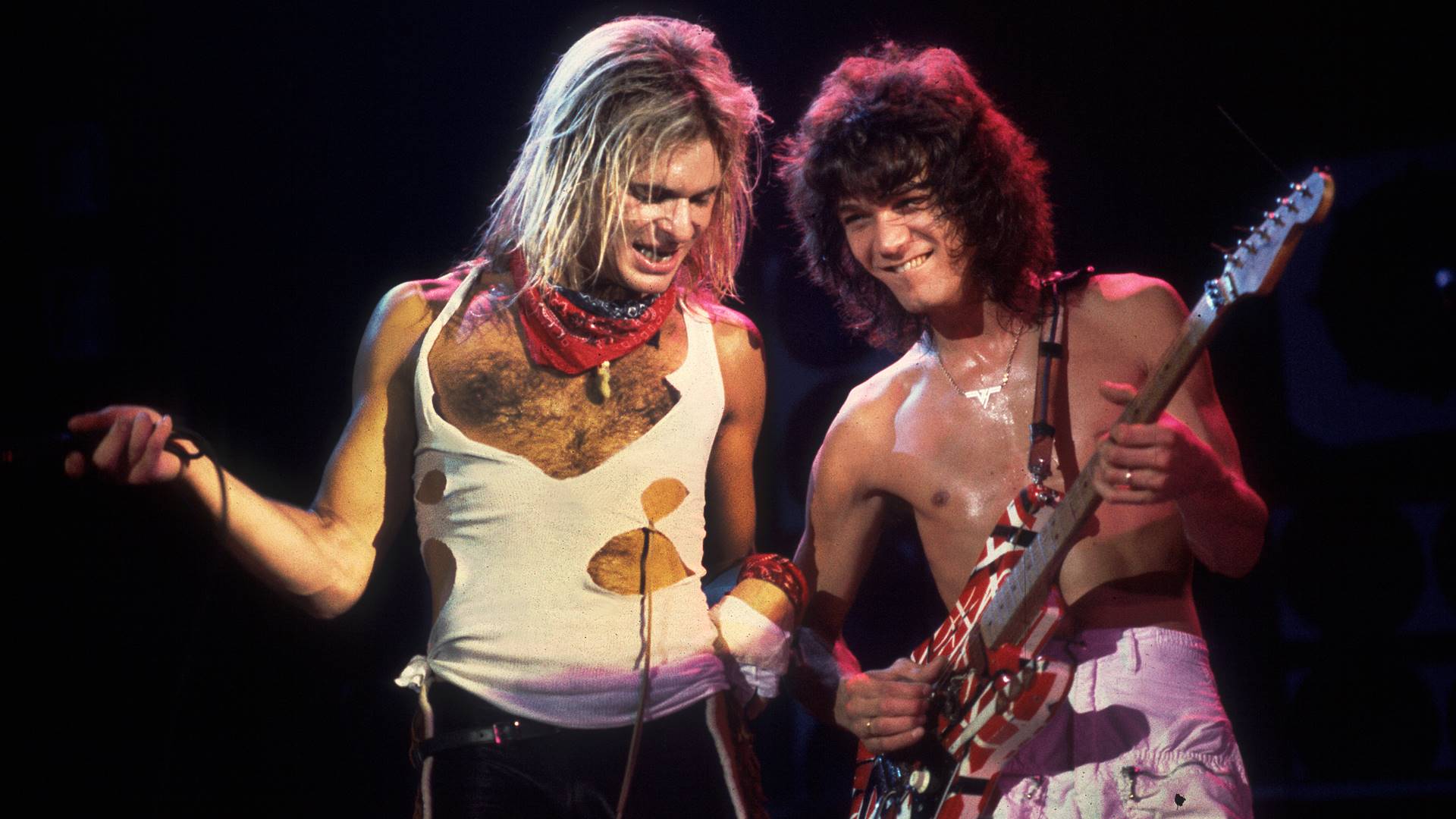Portuguese composer signed the soundtrack of ‘Shinobi: Art of Vengeance’ (2025) alongside Yuzo Koshiro
Video games, which move billions of dollars annually, are not mere pastime and have complex development steps, ranging from programming and script to art and production direction (just to name a few examples). As in films, an important part in creating these artistic projects is the soundtrack, responsible for engaging and immersing players in the most varied electronic universes.
To understand a little more about this stage in the development of a game, the Rolling Stone Brazil interviewed the Portuguese composer TEE LOPESwho worked in games like Sonic Mania (2017) and Teenage Mutant Ninja Turtles: Shredder’s Revenge (2022), and recently signed the main composition of Shinobi: Art of Vengeancedeveloped by Lizardcube and published by Seganext to Yuzo Koshiro.
The action game and 2D platform, available for PlayStation 4, PlayStation 5, Xbox One, Xbox Series x|S and PRAÇAtells the story of Joe MusashiMaster of Ninja Arts and iconic protagonist of the franchise started in 1987, which goes in search of revenge after its village is burned and the clan destroyed. Then he finds himself on a route of destruction in a hand -drawn world by the artists involved in the game, which has several different phases/levels (both in art and in the soundtrack).
THE Rolling Stone Brazil, TEE LOPES revealed that he is a big fan of Shinobi (The first entry you played was The Revenge of Shinobi1989, in Mega Drive), and has always been impressed by the “graphics, power-ups, eccentric chiefs and of course the soundtrack.”
According to him, composers can enter the most diverse stages of game development, both when the project is a concept or when it is practically referred. “The two situations are inspiring, only in different ways,” he said. “I like to come in as soon as possible, because it gives me time to know the real team and feel that I am part of it. But sometimes it is only possible to enter later, which has the advantage of already more material available to inspire, rather than just ideas and sketches.”
You worked as the main composer in Sonic Mania and TMNT: Shredder’s Revenge. What are the differences and challenges of this role?
It brings more responsibility to define sound identity. I would say that the main challenge is to balance the old and the new in a way that makes sense in the current context and that offers something to everyone, from veterans to absolute novices. Often this includes doing a homework and trying to understand the brand intrinsically to make the right stylistic decisions.
How was your creative process for Shinobi: Art of Vengeance? Does your music adapt to the visual style?
I started from the visuals and climate of each phase. Being an action game in 2D, I wanted the music to work almost as another layer of art, closely linked to the environments. In Art of Vengeance, I chose to get away a little more from the nostalgia factor than usual and focus on complementing all the news that the game brought, visually and in other aspects.
What was it like to collaborate with Yuzo Koshiro? What do you think it worked best in this partnership?
It was the realization of a dream. He was the first composer I met by name, and for me this is a brilliant milestone in my career, which is still relatively short. Our work, although composed separately because of time restrictions, merged naturally-perhaps because I carry a lot of his musical DNA, as I grew up listening to his music, and also because Koshiro-san understood the proposal perfectly. I was very pleased with the cohesion of this soundtrack at the end.
One of the central themes is the search for Joe Musashi’s revenge. Did this hatred influence your compositions?
Yes. Dark harmonies, aggressive rhythms, disturbing synthesizers and striking beats reflect revenge, but also balanced it with resilience and hope, much present in several of the most cinematic and orchestra -guided compositions.
Art of Vengeance presents several different stages. Neo City, for example, has electronic beats. What kind of identity did you want to give every phase?
Each phase has a distinct identity. Neo City tends to the electronic and futuristic, with a dystopian vibe, while other phases rely on traditional Japanese elements or hybrid mixtures. I love many different music genres, so I’m always looking for excuses to incorporate as much styles as possible into my work. Art of Vengeance offers many different environments, so there was an opportunity to be eclectic and creative – and I enjoyed it with pleasure!
+++ Read more: ‘Ghost of Yōtei’ tells a good story of revenge, but stumbles with repetitions
![]()
-
game
-
sega
-
Shinobi: Art of Vengeance
-
TEE LOPES
-
Soundtrack
Source: Rollingstone
Emma Jack is a writer at Gossipify, covering fashion, beauty, lifestyle, and pop culture trends. She stays current on the latest trends and offers readers up-to-date information on what’s hot in the industry. With a background in fashion journalism from Parsons School of Design, she offers a unique perspective and analysis of current trends.








